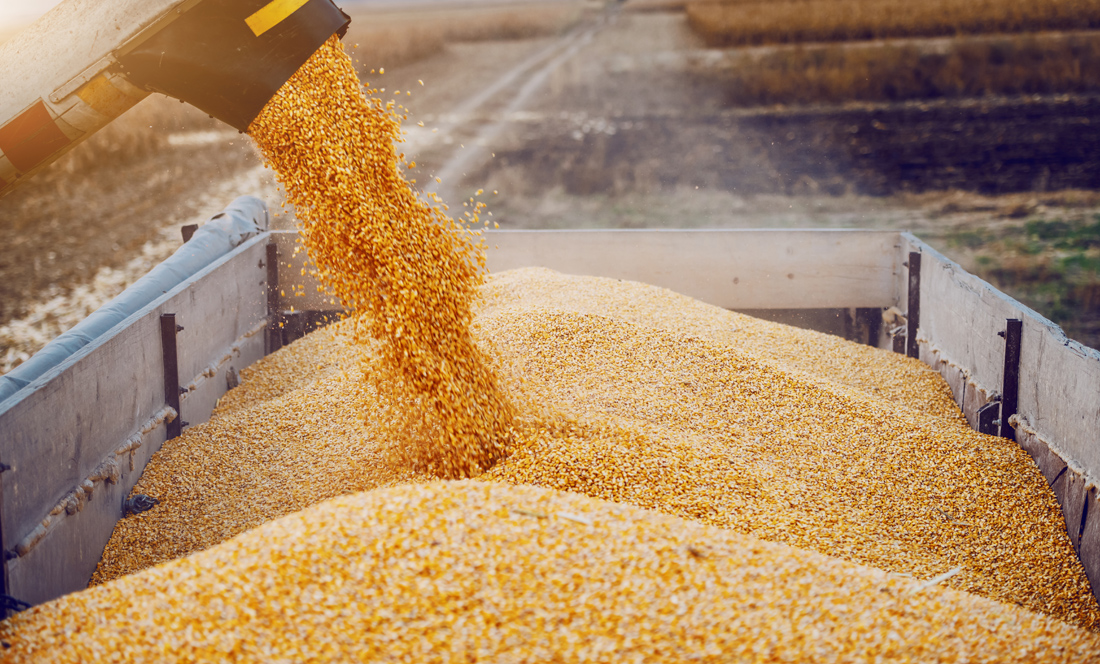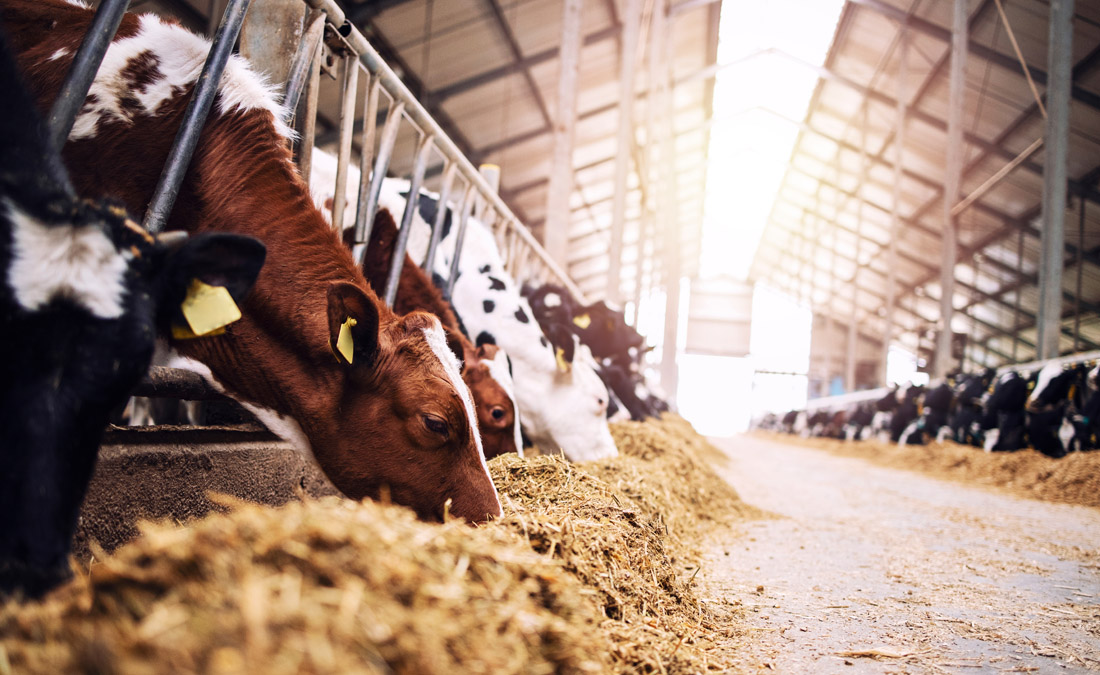Asian rice futures, represented by benchmark Thai white rice, surged to their highest level in 15 years last week as pressure on international markets continues to mount. An ongoing ban on broken rice exports out of India, now in place since September of last year, was expanded to cover non-basmati white rice on July 20, ratcheting up prices toward US$650 per ton.
Al-Jazeera notes that India is typically the world's biggest rice exporter, accounting for nearly 40.0% of the global rice trade in 2022, having exported 22 million tonnes. Non-basmati and broken rice accounted for roughly 43.2% of those exports, and the suspension of those shipments from India have left a hole of roughly 9.5 million — 10 million tonnes in global rice markets.
If persistent tightness in Asian markets is compounded by even more export restrictions among major exporters, pressure will likely begin rising once again in Western markets as well.
Unsurprisingly, this decline in global supplies has created a rush for rice among key importers like Indonesia, the Philippines, Nepal, Bangladesh, and several African nations. Asian exporters like Vietnam, Thailand, and Pakistan — each of which were the second, third, and fourth largest exporters after India in 2022, respectively — have rapidly negotiated vastly higher prices over the past month. Fragrant rice from Vietnam, for example, has been offered as high as US$700 a ton, despite prices renegotiated around US$580-US$630 a ton.
However, Bloomberg reports that attempts at stockpiling are now underway in some importing nations, which could create overwhelming demand and potentially endanger the domestic markets of exporters. Global prices have already risen by around 20% since India's ban. Reuters reports that a further 15% gain could trigger restrictions by Thailand and Vietnam, according to traders at international trading companies.
This would not be the first time that an Indian export ban on rice created cascading restrictions in its wake. In fact, the last time India did so, back in 2007-2008, Vietnam, Bangladesh, Egypt, Brazil, and several other smaller producers tightened their exports of rice as well. At the time, India's share of the global rice trade was roughly half of what it is today, but the ramifications of an export halt were still enough to send rice toward a record high above US$1,000 per ton.
Rice is an unmoving staple in the diets of more than 3.5 billion people, but reliance on the grain is becoming even greater recently, as the meteorological phenomenon known as El Niño is shifting ocean temperatures once again and scattering commercially important fish species away from their usual habitats. This has negatively impacted the yields of Asian fisheries, like those in Indonesia. That has made local diets more dependent on rice than usual.
It is also worth noting that soaring food prices in Asia and Africa could have a broad impact on economic growth and inflation data, as well as the resulting monetary policy decisions within many emerging market nations.
Indonesia is itself a large producer of rice, but a growing number of farmers in the country are shifting their focus away from water-intensive rice crops in anticipation of an El Niño-induced dry spell. Bloomberg reports that Vietnam's rice exports to Indonesia have surged around 1,500% over the first seven months of 2023, compared with the same period last year. Earlier this year, Indonesia announced it would import 2 million tonnes of rice by December in a bid to replenish its emergency stocks.
In contrast to rapid appreciation in Asian markets, U.S. No. 2 rice futures, known as rough rice and traded in the Chicago Mercantile Exchange (CME), have remained well below a near two-year high reached in May. As of Wednesday morning, rough rice had declined by about -1.3% to US$15.56 per hundredweight since the start of August.
However, if persistent tightness in Asian markets is compounded by even more export restrictions among major exporters, pressure will likely begin rising once again in Western markets as well. It is also worth noting that soaring food prices in Asia and Africa could have a broad impact on economic growth and inflation data, as well as the resulting monetary policy decisions within many emerging market nations.
| Want to be the first to know about interesting Agriculture investment ideas? Sign up to receive the FREE Streetwise Reports' newsletter. | Subscribe |
Important Disclosures:
- Statements and opinions expressed are the opinions of the author and not of Streetwise Reports or its officers. The author is wholly responsible for the validity of the statements. The author was not paid by Streetwise Reports for this article. Streetwise Reports was not paid by the author to publish or syndicate this article. Streetwise Reports requires contributing authors to disclose any shareholdings in, or economic relationships with, companies that they write about. Streetwise Reports relies upon the authors to accurately provide this information and Streetwise Reports has no means of verifying its accuracy.
- This article does not constitute investment advice. Each reader is encouraged to consult with his or her individual financial professional and any action a reader takes as a result of information presented here is his or her own responsibility. By opening this page, each reader accepts and agrees to Streetwise Reports' terms of use and full legal disclaimer. This article is not a solicitation for investment. Streetwise Reports does not render general or specific investment advice and the information on Streetwise Reports should not be considered a recommendation to buy or sell any security. Streetwise Reports does not endorse or recommend the business, products, services or securities of any company mentioned on Streetwise Reports.
For additional disclosures, please click here.
McAlinden Research Partners Disclosures
This report has been prepared solely for informational purposes and is not an offer to buy/sell/endorse or a solicitation of an offer to buy/sell/endorse Interests or any other security or instrument or to participate in any trading or investment strategy. No representation or warranty (express or implied) is made or can be given with respect to the sequence, accuracy, completeness, or timeliness of the information in this Report. Unless otherwise noted, all information is sourced from public data.
McAlinden Research Partners is a division of Catalpa Capital Advisors, LLC (CCA), a Registered Investment Advisor. References to specific securities, asset classes and financial markets discussed herein are for illustrative purposes only and should not be interpreted as recommendations to purchase or sell such securities. CCA, MRP, employees and direct affiliates of the firm may or may not own any of the securities mentioned in the report at the time of publication.










































